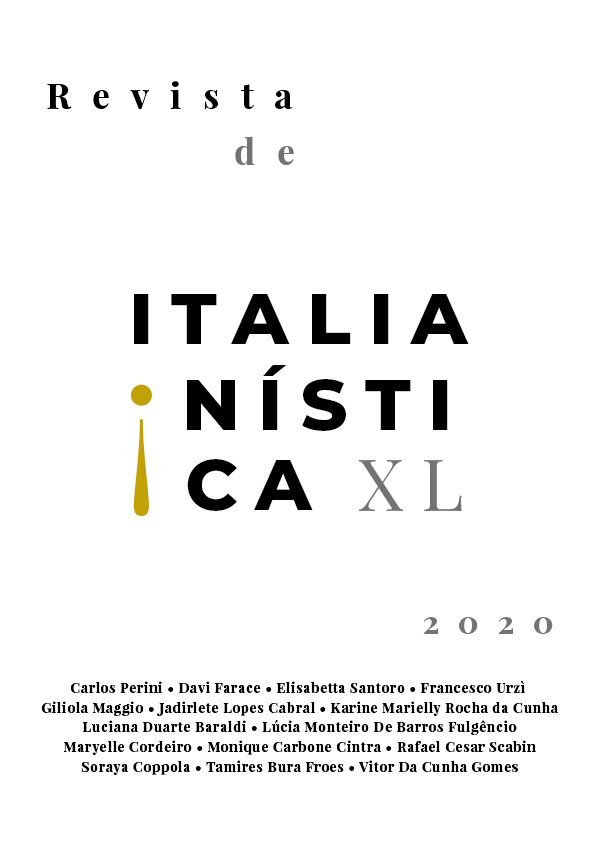Where Does Italian Accent Come From?
DOI:
https://doi.org/10.11606/issn.2238-8281.i40p94-113Keywords:
Pronunciation of Italian, Phonetics, Phonology, Contrastive analysisAbstract
There is a widespread idea according to which the difficulty of pronouncing a foreign language lies in the production of sounds that do not occur in the learner’s native language. Without denying this kind of interference, this paper shows that the accent problem goes beyond that: in the case of Italian, command of different sounds is not a problem for acquisition of a good pronunciation by Brazilian students, because all the sounds of Italian also exist in Portuguese. Even double consonants occur in Portuguese, as shown by observed data. Nonetheless, there are still pronunciation problems and the Brazilian accent is easily detected. The problem, then, does not arise from the lack of command of the phones, and must have its origin in other factors. The hypothesis offered here considers that Brazilian accent is caused by two factors: (a) difference of the environments in which Italian and Portuguese sounds occur in each language; and (b) different phonological rules applying in the two languages. Besides, there are intonational differences, not considered here. In order to give the hypothesis due support, some considerations are made on the phonetic and phonological structures of Italian and Brazilian Portuguese.
Downloads
References
CAMARA JR., J. M. Estrutura da língua portuguesa. Petrópolis: Vozes, 15a edição, 1985.
CAMARA JR., J. M. Dicionário de linguística e gramática. Petrópolis: Vozes, 7a edição, 1977.
CANEPARI, L. Manuale di pronuncia italiana. Bologna: Zanichelli, 1992.
COSTAMAGNA, L. Pronunciare l’italiano. Perugia: Guerra, 1996.
FULGÊNCIO, L. Gramática contrastiva italiano-português. Milano: Hoepli, 2017.
FULGÊNCIO, L.; BASTIANETTO, Patrizia. Um exemplo de análise contrastiva: o grafema r / rr em português e italiano. In: Caligrama, FALE/UFMG, Belo Horizonte, p. 165-182, 1998.
LIBERATO, Y. G. Alterações vocálicas em final de palavra e a regra de palatalização. In: Ensaios de linguística, n. 1, FALE/UFMG, Belo Horizonte, p. 80-95, 1978.
PONTES, E. Estrutura do verbo no português coloquial. Petrópolis: Vozes, 2a edição, 1973.
SCHANE, S. A. Generative Phonology. New Jersey: Prentice-Hall, 1973.
SILVA, T. C. Fonética e fonologia do português. São Paulo: Contexto, 1998.
Downloads
Published
Issue
Section
License
Copyright (c) 2020 Revista de Italianística

This work is licensed under a Creative Commons Attribution-NonCommercial-NoDerivatives 4.0 International License.
A revista retém os direitos patrimoniais dos artigos e os publica simultâneamente sob uma Licença Creative Commons-Atribuição-Não Comercial-Sem Derivações.



